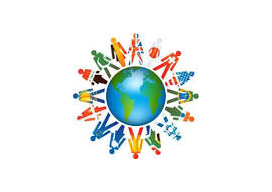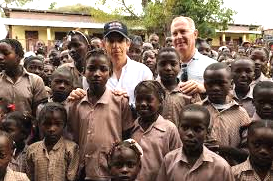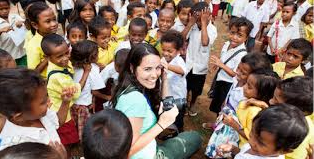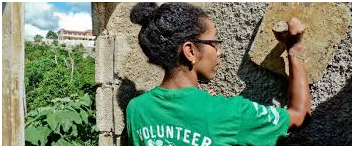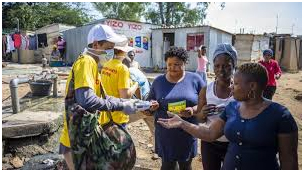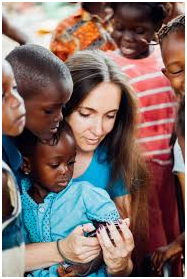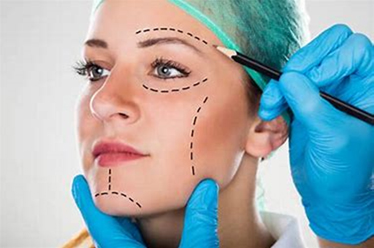In recent times we’ve heard a lot about diversity and inclusion and we’ve also heard a lot about cultural competence. Unfortunately, these terms are often conflated and used interchangeably. So, it’s important to identify and define each entity, define how they interrelate and operate cross functionally or complement each other as well.
Cultural Competence is defined as the ability to understand, communicate with, and effectively interact with people across cultures. Cultural competence is being aware of one’s own world view, developing positive attitudes towards cultural differences, as well as gaining knowledge of different cultural practices and worldviews. (Make it our Business)
Diversity and Inclusion (D&I) separated into components are defined as follows.

Diversity refers to the traits and characteristics that make people unique.
There are six types of diversity in the workplace.
- Cultural diversity: This type of diversity is related to each person’s ethnicity based on societal norms and family values.
- Racial diversity: Has to do has to do with grouping based on physical traits (although not scientifically based) eg Caucasian, African, Latino, Asian.
- Religious diversity.
- Age diversity.
- Sex/gender/sexual orientation diversity.
- Disability. Functional or mental health.
Inclusion refers to the behaviors and social norms that ensure people feel welcome.

The seven pillars of inclusion are:
- Access – Which explores the importance of a welcoming environment.
- Attitude – Which looks at how willing people are to embrace the concepts that work towards inclusion.
- Choice – Refers to identifying the options that people have Anne for them to make the choice of how they prefer to be involved.
- Partnerships – This focuses on How individual and organization relationships are formed and how effective they are.
- Communication – Examines the way the options that people have to get involved and to learn about culture is conveyed to them in a way they can understand.
- Policy – Addresses how an organization commits to and takes responsibility for the inclusion.
- Opportunities – Explorers the options that are available for people from different backgrounds particularly disadvantage backgrounds.
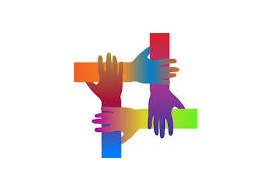
It’s important to understand that the two concepts can occur interdependently of each other. Usually D&I cannot correctly be accomplished without also incorporating cultural competence training. However, Cultural competence can occur and be taught or practiced alone. D&I operates more in a corporate environment and construct, cultural competence is functional in all environments. D&I is an appreciation of difference and acceptance in order to function and work in a coherent cohesive environment. It is usual a necessity for an operation to take place efficiently. It may not be voluntary.
Cultural competence requires a voluntary desire for assimilation and requires a personal commitment to learn about another and their environment. It also implies an interest in improving our selves through self-awareness and our ability to learn, enhance and build on our existing framework.
To achieve the most success in a work environment, both cultural competence and diversity and inclusion must be accomplished.
To achieve success in communities, travelling and globally, one must seek to become more culturally competent.
To create a more successful world, we must achieve and accomplish both voluntarily.
